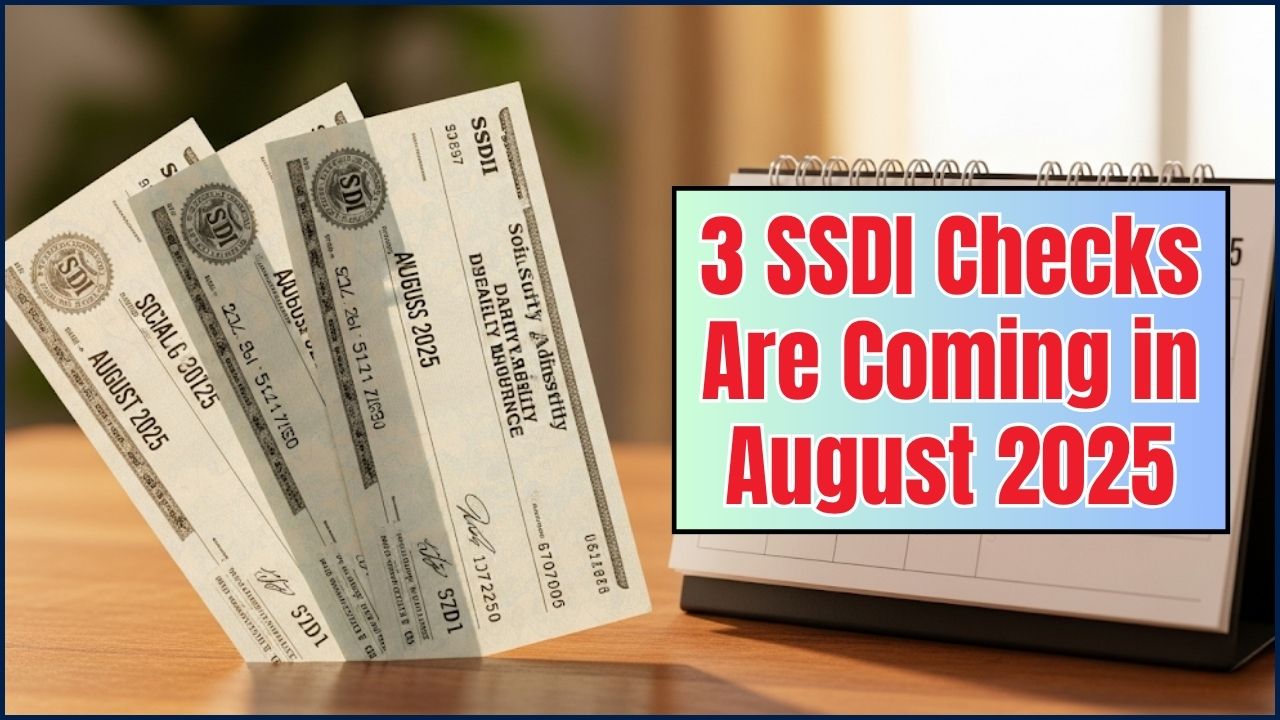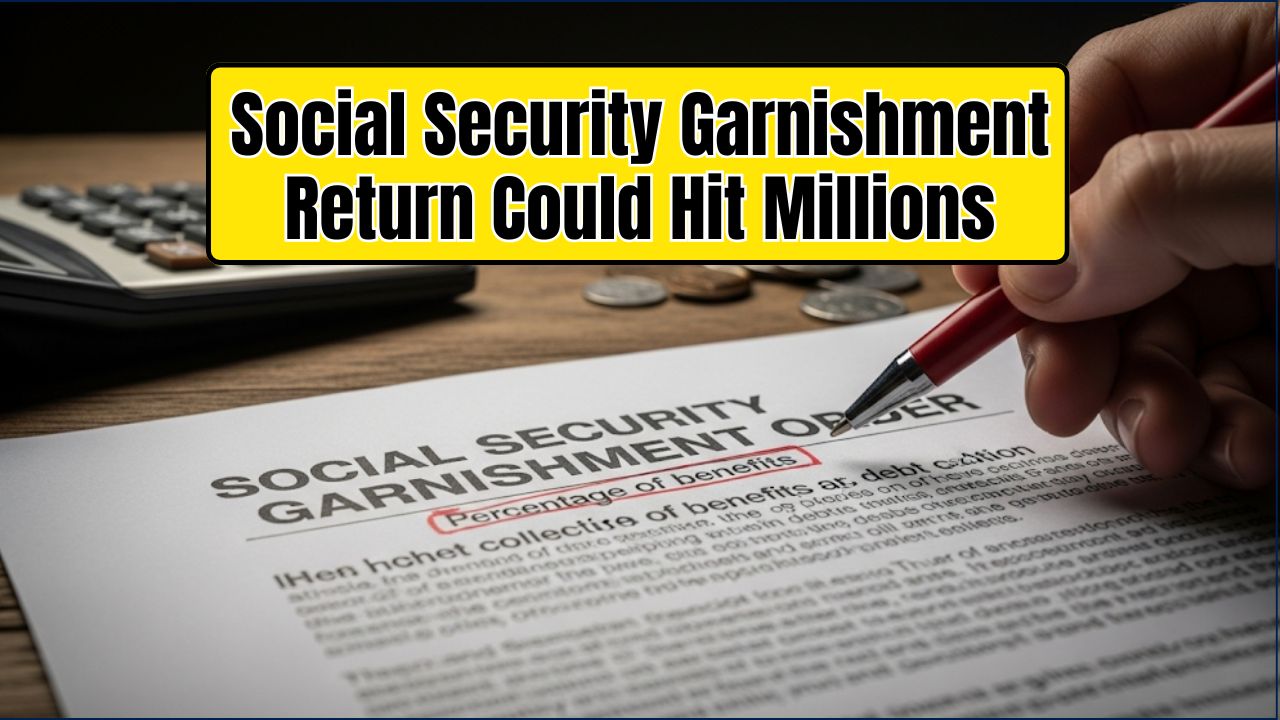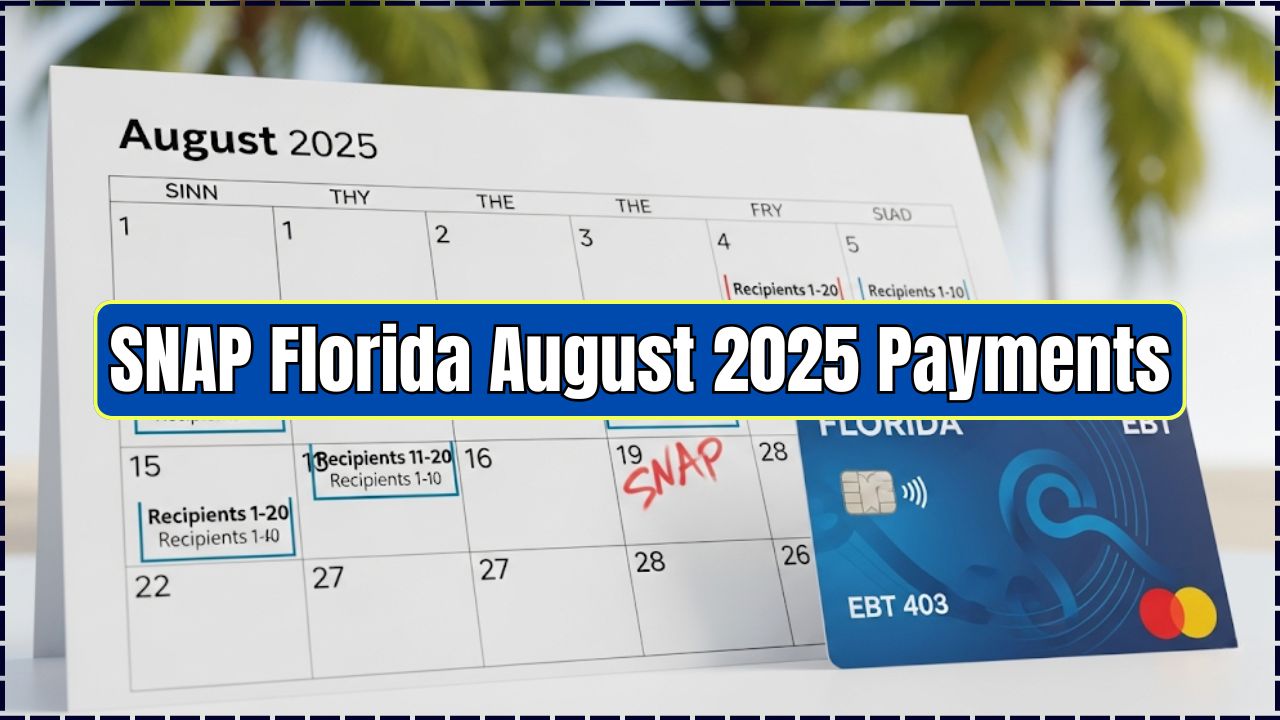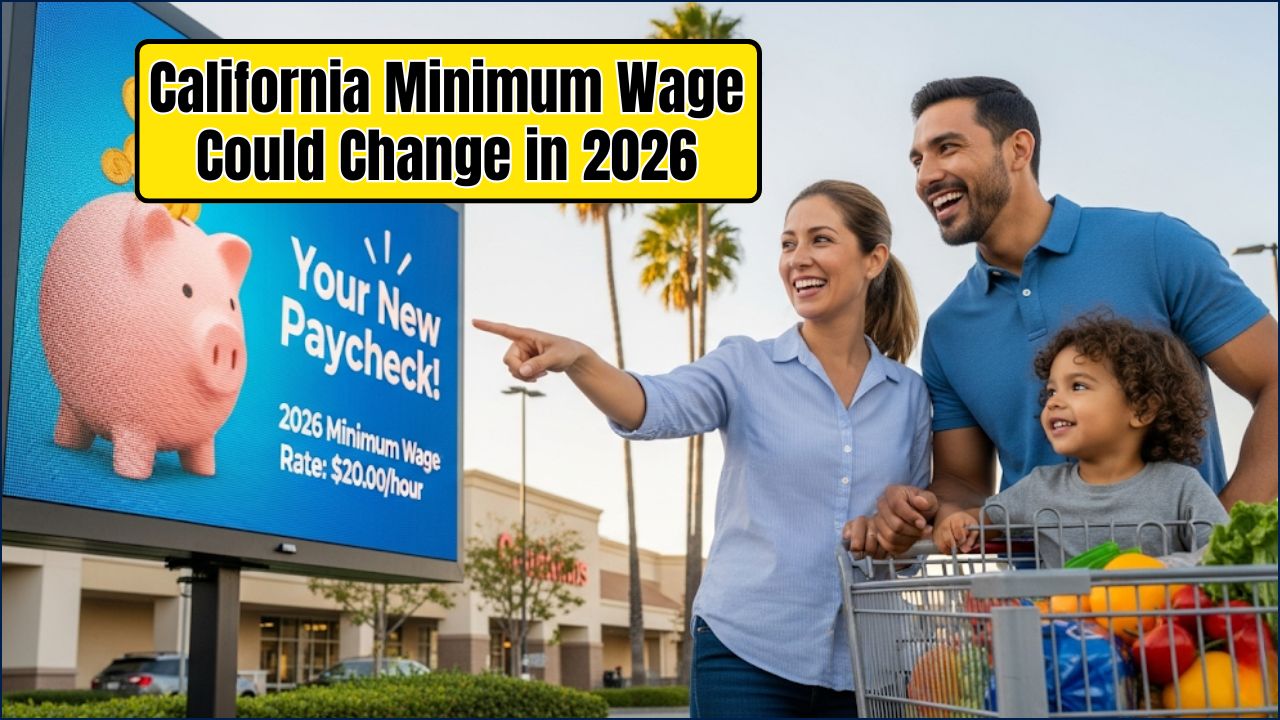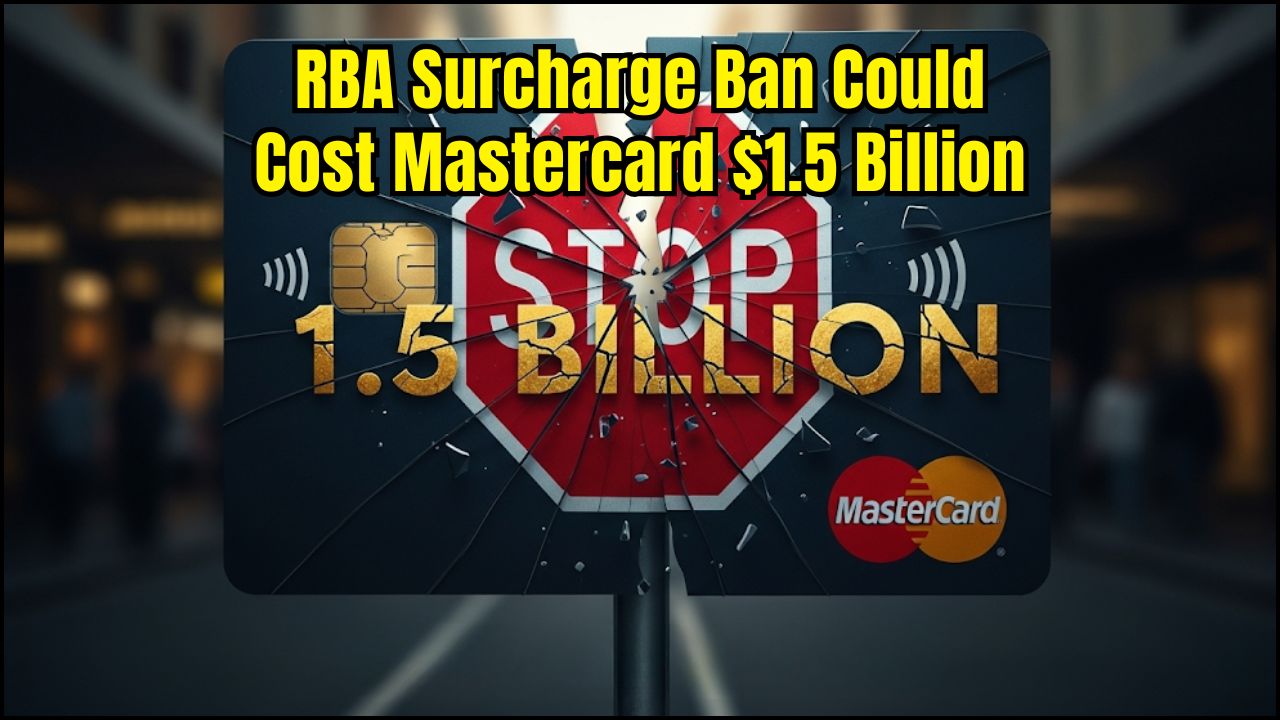When the Reserve Bank of Australia (RBA) announced plans to ban merchant surcharges on card payments, Australians cheered. No more “extra 2% for card” signs at your favorite café. No more checkout shocks online. But hold on — Mastercard says this change could backfire, potentially costing households a whopping A$1.5 billion a year.
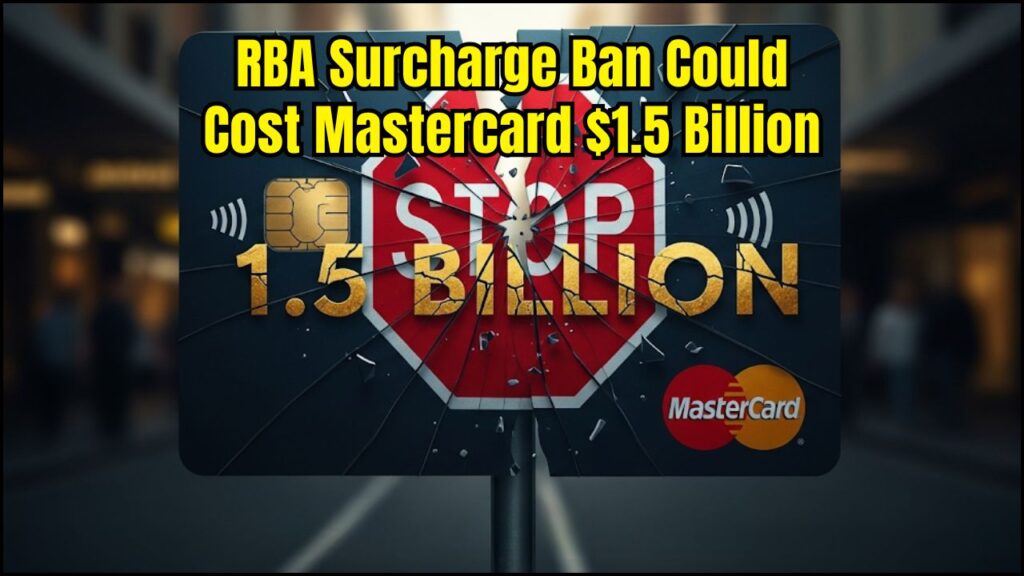
Sounds wild, right? Let’s break it down in plain English, sprinkle in some real-world examples, and figure out what’s really going on.
RBA Surcharge Ban Could Cost Mastercard $1.5 Billion
| Key Point | Details |
|---|---|
| Policy Change | RBA to ban merchant surcharges on debit and credit card payments by July 2026 |
| RBA’s Goal | Save Australians ~A$1.2 billion/year by removing direct surcharges |
| Mastercard’s Warning | Hidden costs could add up to A$1.5 billion/year |
| Main Concern | Merchants may raise base prices; banks may increase fees or cut perks |
| Impact on Consumers | No upfront surcharges, but higher everyday costs possible |
| Official Source | Reserve Bank of Australia |
The RBA’s surcharge ban is a bold move to simplify payments and boost consumer trust. While it’s easy to cheer the end of pesky checkout fees, the real question is whether costs will simply be hidden elsewhere.
History suggests that while transparency improves, prices rarely fall. The smartest play? Stay alert, track your spending, and adapt your payment strategy. Because in finance — and in life — there’s no such thing as a free swipe.
A Quick History of Card Surcharges in Australia
Back in the early 2000s, the RBA actually allowed merchants to add surcharges. Why?
Because before that, card networks like Mastercard and Visa had “no-surcharge rules,” meaning merchants had to eat the processing cost. The RBA wanted transparency — if it costs more to pay by card, customers should see it.
Over time, though, surcharges started creeping higher than the actual cost. A $5 coffee might have a 50¢ “card fee.” That’s when the RBA capped surcharges in 2016. Now, they want to go one step further: no surcharges at all.
Mastercard’s $1.5 Billion Counterpoint
The RBA says: This will save Aussies $1.2 billion annually.
Mastercard says: Nope — it’ll cost $1.5 billion instead.
Here’s Mastercard’s reasoning:
- Merchants will raise prices to cover processing costs they can’t pass on.
- Banks will lose interchange revenue from capped fees and will raise other charges or cut rewards.
- Consumers will pay more indirectly, even without a visible surcharge.
It’s like taking away the “service fee” at a concert — but suddenly, the ticket price itself jumps by 10%.
How Fees Will Change: Before vs. After the Surcharge Ban
| Feature | Current System | Proposed System (Post-Ban) |
| Consumer Experience | Pay a surcharge (e.g., 1.5%) on top of the purchase price. | Pay a single, clear price for your purchase. No extra fees at the checkout. |
| Merchant Costs | Businesses pay various fees to card networks and banks, but can pass on some or all of these costs to consumers via a surcharge. | Businesses can no longer surcharge. The RBA also proposes lowering the interchange fees they pay, which could help offset the lost surcharge revenue. |
| Card Network Revenue | Mastercard, Visa, etc., earn revenue from interchange fees and other network fees, a portion of which is recouped by merchants through surcharges. | The ban on surcharging, combined with proposed lower interchange fees, could directly impact revenue streams for card networks like Mastercard. |
Case Study: The Small Café vs. The Big Retailer
Small Café in Sydney
- Card fees: 1.2% of sales.
- Used to charge a 30¢ flat surcharge per card transaction.
- After the ban: Owner raises coffee prices from $4.50 to $4.60 to cover costs.
Big Retailer
- Card fees: 0.6% (better rate from volume deals).
- No visible price change — instead, quietly adjusts prices across thousands of SKUs by a few cents.
Takeaway: For small businesses, the price hike is obvious. For large ones, it’s hidden in your grocery bill.
Why We Hate Surcharges (Consumer Psychology 101)
Researchers have long found that separate fees feel worse than an all-in price. Even if the total cost is the same, customers react negatively to add-on charges. That’s why airlines bundle “seat fees” into ticket prices now — fewer complaints.
The RBA is banking on this psychology: no surcharge = happier customers. But as Prof. Richard Holden from UNSW points out, “Happiness at checkout doesn’t always mean more money in your pocket.”
Pros & Cons of the Surcharge Ban
Pros:
- Cleaner, more transparent prices
- No surprise charges at checkout
- Encourages competition between card networks
Cons:
- Possible higher retail prices
- Risk of reduced credit card rewards
- Potential rise in bank fees
Lessons From Overseas
The EU banned most surcharges in 2018 and capped interchange fees.
- Result: Rewards programs shrank dramatically.
- Merchants didn’t slash prices; many quietly increased them.
- Consumers felt better about payment simplicity — but net financial benefit was small.
The UK saw similar trends. A Which? consumer report found many customers thought they were saving, but over a year, their spending on goods/services rose.
How to Calculate If You’re Better or Worse Off
- List current surcharges you pay monthly (groceries, dining, bills).
- Estimate savings once they’re gone.
- Watch prices after the ban — if your regular coffee, gym, or grocery bill creeps up, note the difference.
- Check your card rewards — any drop in points value counts as a hidden cost.
If your combined price hikes + lost rewards > saved surcharges, you’re worse off.
What the RBA Says
The RBA argues the reforms will:
- Boost efficiency in the payments system
- Make costs fairer for all customers
- Reduce “payment method discrimination”
They acknowledge there may be adjustments in pricing, but believe competition will limit them.
Industry Predictions: What 2030 Could Look Like
If the ban holds:
- Most Australians won’t remember surcharges — they’ll just pay the sticker price.
- Credit card perks could be modest, with fewer high-value travel cards.
- Digital wallet adoption could spike if processing fees stay low.
- Small businesses might push “cash preferred” or “bank transfer discounts” for savings.
Top 3 Myths About Card Surcharges
- Myth #1: Surcharges are a scam.
- Fact: Under the current rules, businesses are allowed to charge a surcharge, but it must not be more than their actual cost of accepting the card payment. The RBA’s proposal aims to address the growing public concern about these fees.
- Myth #2: The ban will make everything cheaper.
- Fact: While consumers will no longer pay a separate surcharge, businesses may adjust their prices to cover their costs. The RBA believes that by also lowering interchange fees, most businesses will still be better off, and overall prices may not change significantly.
- Myth #3: It only affects credit cards.
- Fact: The RBA’s proposal is a complete ban on surcharging for all major card networks, including debit, credit, and prepaid cards from Mastercard, Visa, and eftpos.
Practical Advice for Consumers
- Audit Your Cards – Compare annual fees and rewards now vs. after the change.
- Switch If Needed – Use comparison tools like Canstar or Finder to shop better deals.
- Track Prices – Use grocery tracking apps to see if costs climb after July 2026.
- Mix Payments – Sometimes debit, sometimes credit — don’t rely on one method.
- Join Loyalty Programs – If bank rewards fade, store-based rewards can help fill the gap.
FAQs
Q: When will the surcharge ban start?
A: Target date is July 2026.
Q: Will this save me money?
A: In theory, yes. In practice, it depends on how merchants and banks respond.
Q: Can merchants still offer cash discounts?
A: Yes. The ban is on surcharges, not discounts.
Q: What if I’m a small business owner?
A: You’ll need to absorb processing costs into pricing or steer customers to cheaper payment options.
Q: Where can I get official updates?
A: Follow the RBA’s payments regulation page.

